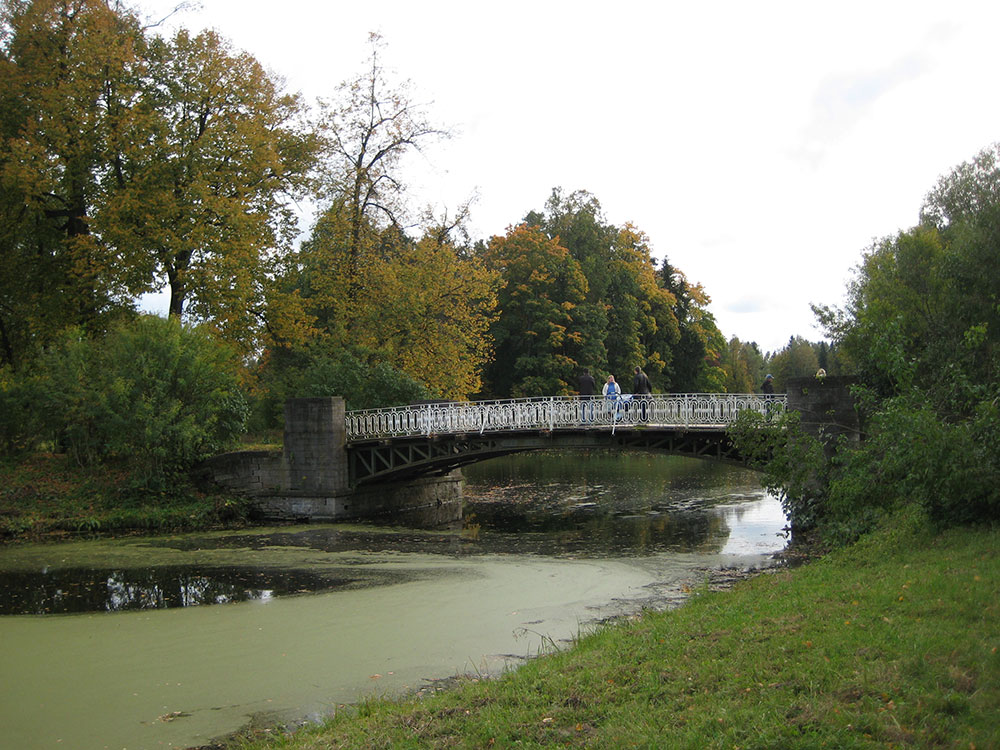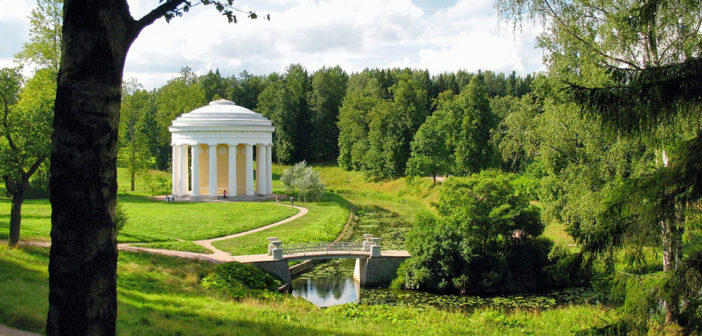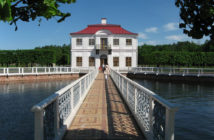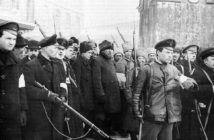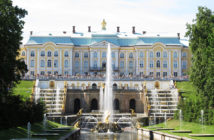Pavlovsk is one of the former royal summer residences situated 32 kilometers south of Saint Petersburg.
Gift of Catherine II’s son Paul
Catherine II presented her son Paul one thousand acres of land and two villages with peasants. This was the site of hunting territory lying along the bank of the river Slavyanka, seven kilometers from Catherine’s Imperial residence- Tsarskoe Selo. The reason for this generous gift was the birth of her grandson Alexander in 1777. In 1782 an obelisk was put up on the right bank of the Slavyanka to commemorate the foundation of Pavlovsk. The inscription on the iron plate states: The construction of Pavlovskoye was started in 1777.
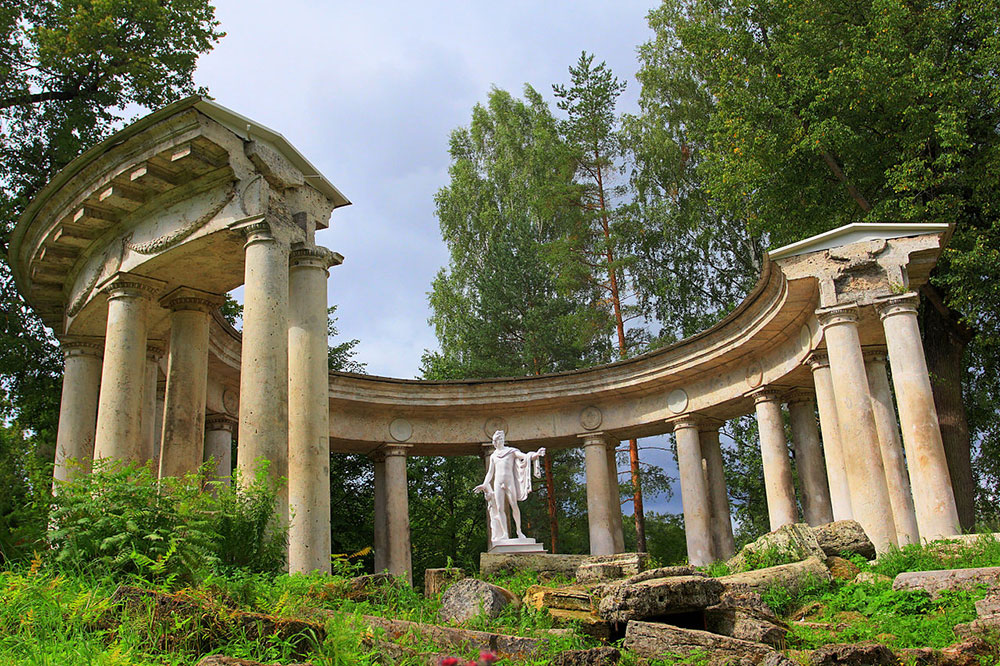
Place of meetings and celebrations of the knights
Paul ascended the throne in 1796 and Pavlovsk was turned into the official residence. In 1798 the Emperor became Grand Master of the Maltese Order and the palace became the place for meetings and festivities of the knights and other officials of the order.
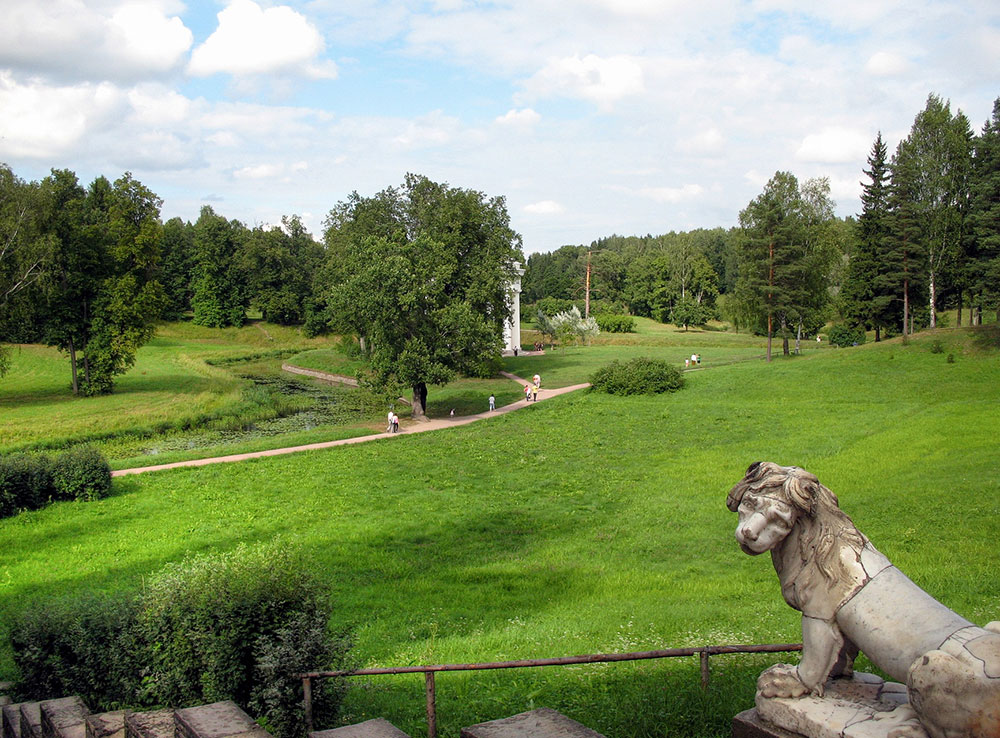
The new owner’s residence Mikhail Pavlovich
After Paul I’s death in 1801 the residence belonged to his widow Maria Fedorovna, who gave forty years of her life for Pavlovsk which became the greatest creation of this remarkable woman. After her death in 1828, the residence passed to the youngest son of Paul and Maria Fedorovna, Grand Duke Michail Pavlovich.
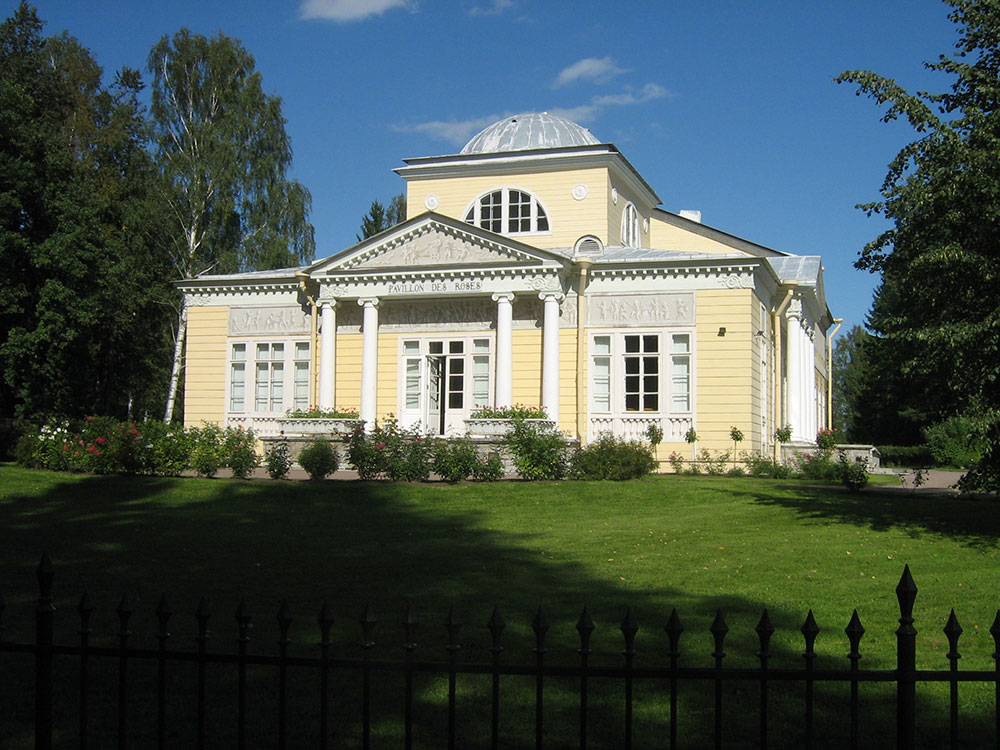
Musical Station
The most important event that happened under him was the lying of the railway line to Pavlovsk and the construction of the Musical Station. Many celebrated singers and composers, both Russian and foreign, performed here. Thus the outstanding Austrian composer Strauss conducted an orchestra there for a few seasons. Many contemporaries considered the Musical Railway Station the first Russian Philharmonic Hall.
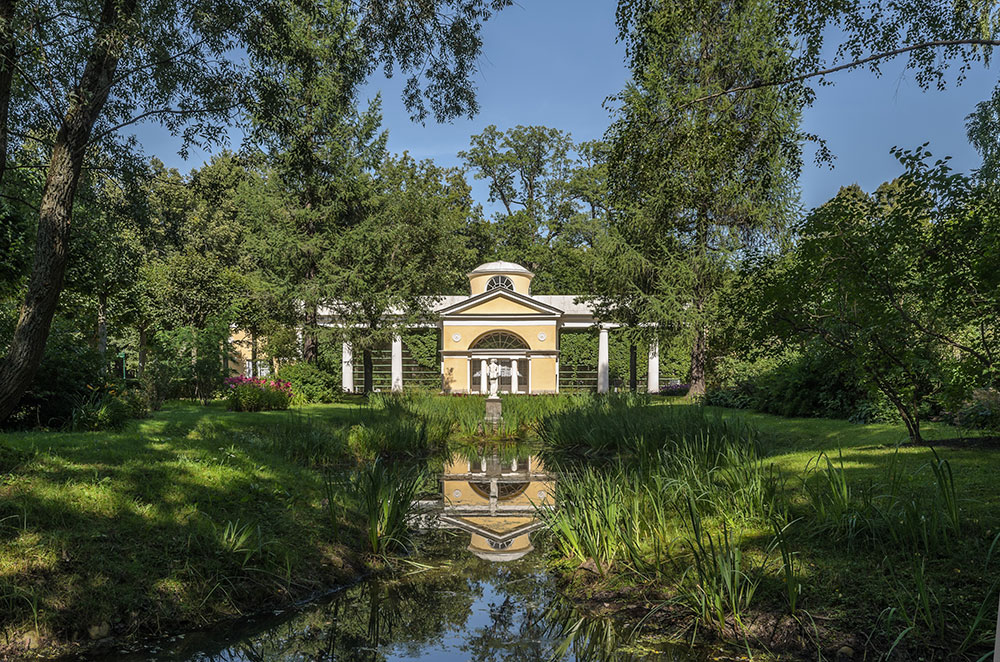
Pavlovsk during the war years
Pavlovsk was a private property of the royal family until the October Revolution of 1917 when it was turned into a museum.
From September 1941 Pavlovsk was under the Nazi occupation. Many exhibits had been evacuated or hidden before Hitler’s army entered the town. The palace building was totally destroyed and only bare walls were left standing, garden pavilions and park were badly damaged. After the liberation of Pavlovsk in spring 1944 the restoration began. At present the visitors can see the former state rooms of the royal family on the second floor, their private living rooms on the first floor, and the exhibition of The Russian 19th Century Interior on the third floor.
